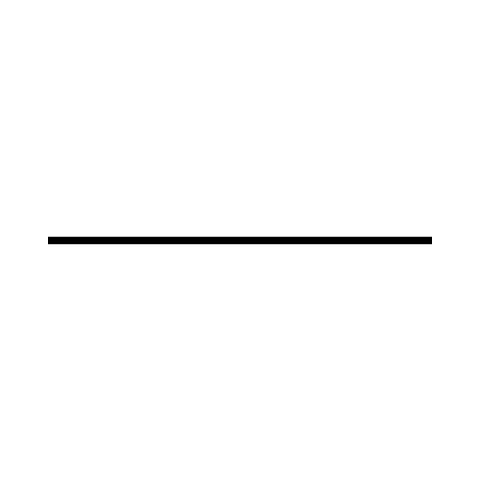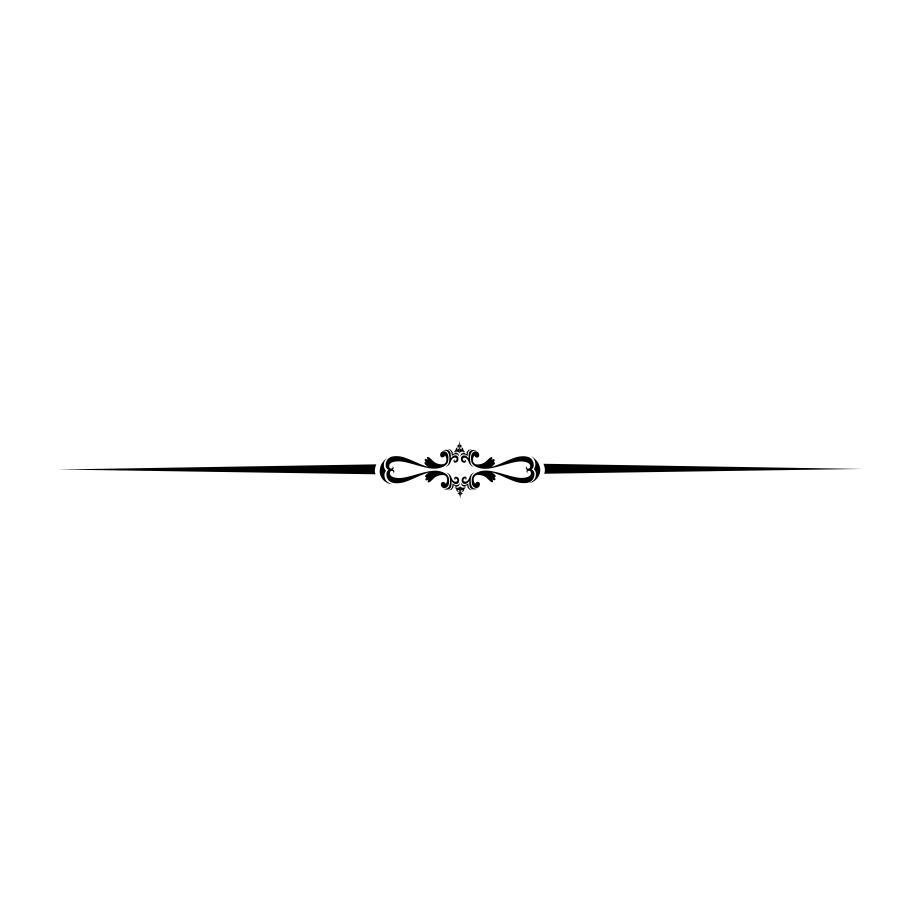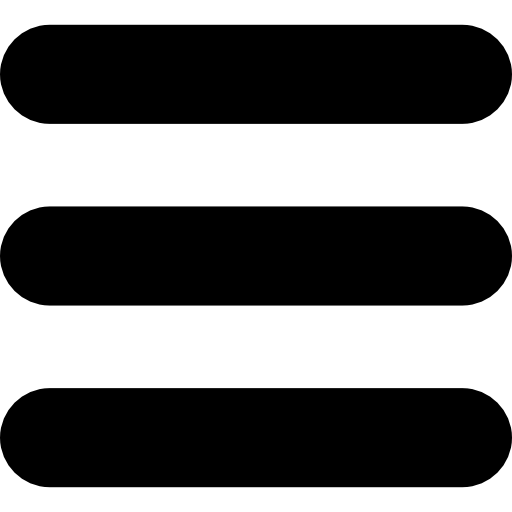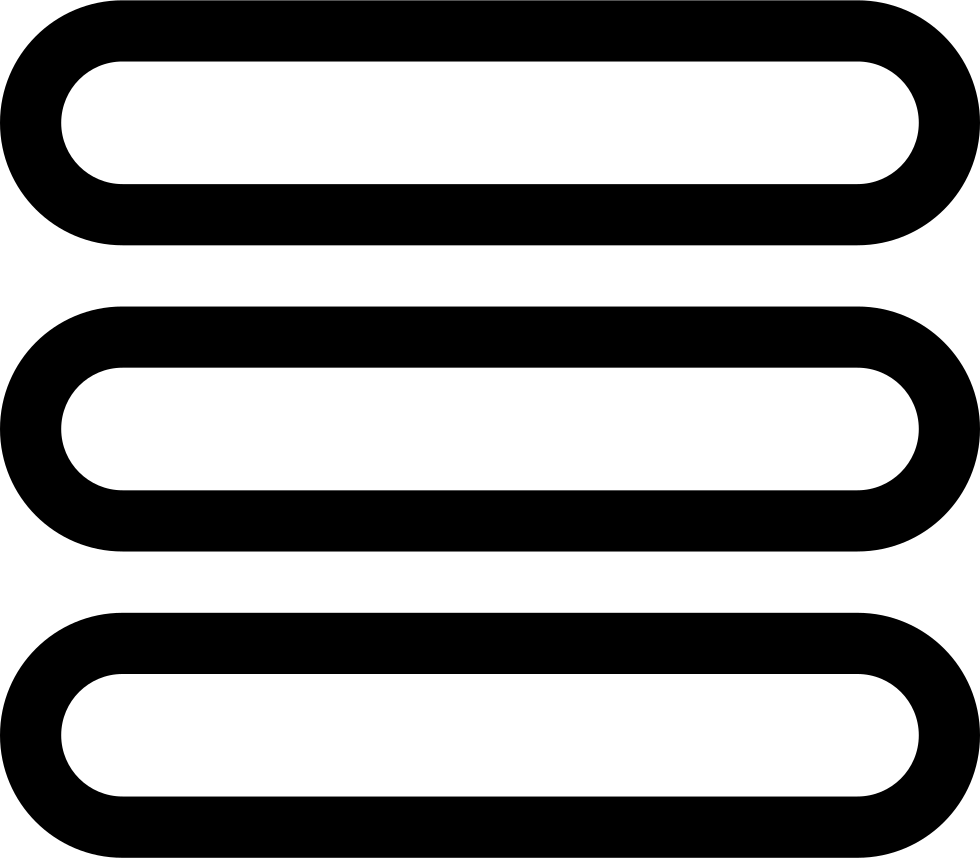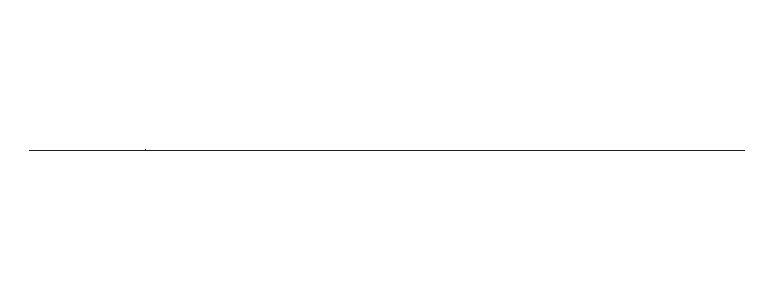Download top and best high-quality free Horizontal Line PNG Transparent Images backgrounds available in various sizes. To view the full PNG size resolution click on any of the below image thumbnail.
License Info: Creative Commons 4.0 BY-NC
Ancient mathematicians created the concept of line or straight line in geometry to describe straight objects (i.e., without curvature). Lines are a simplified version of such things, frequently defined in terms of two points or referred to by a single letter.
Until the 17th century, lines were defined as the intersection of two points “The first species of quantity that has only one dimension, namely length, without any width or depth, and is nothing more than the flow or run of the point that will leave some vestige in length, free of any width, from its imaginary moving. A straight line is one that has the same length between its points.”
Euclid defined a line as a “breadthless length” that “lies equally with respect to the points on itself”; he introduced several postulates as basic unprovable properties from which he built all of geometry, which is now known as Euclidean geometry to avoid confusion with other geometries introduced since the end of the nineteenth century (such as non-Euclidean, projective and affine geometry).
Given the diversity of geometries in modern mathematics, the idea of a line is inextricably linked to the way the geometry is expressed. In analytic geometry, for example, a line in the plane is frequently defined as a collection of points whose coordinates fulfil a particular linear equation, but in a more abstract environment, such as incidence geometry, a line can be an autonomous entity, separate from the set of points that lie on it.
The concept of a line is generally left undefined when a geometry is given by a collection of axioms (a so-called primitive object). The axioms that pertain to lines then establish the characteristics of lines. The versatility that this method provides users of the geometry is one of its advantages. A line can be read as a geodesic (shortest path between points) in differential geometry, whereas a line can be interpreted as a 2-dimensional vector space in various projective geometries (all linear combinations of two independent vectors). This flexibility extends beyond mathematics, allowing physicists to think of a light ray’s journey as a line.
All definitions are ultimately circular since they rely on ideas that must have definitions of their own. This dependency cannot be sustained endlessly without returning to the beginning point. To break free from this vicious loop, certain notions must be treated as primitive concepts, or words that have no meaning. When it comes to geometry, the idea of line is commonly used as a primitive. Some additional fundamental notions are regarded as primitives in circumstances where a line is a defined term, such as coordinate geometry. The behaviour and attributes of lines are defined by the axioms that they must fulfil when the line notion is a primitive.
The concept of a primal conception may be too abstract to be dealt with in a non-axiomatic or reduced axiomatic presentation of geometry. In this case, a description or mental image of a basic idea can be provided as a basis on which to create the notion, which would officially be based on the (unstated) axioms. In this casual manner of presenting, some authors may refer to these types of descriptions as definitions. These aren’t genuine definitions, and therefore can’t be used to prove claims in a formal way. In Euclid’s Elements, the “definition” of line comes under this group. Even when a specific geometry (for example, Euclidean geometry) is being studied, writers have no widely recognised agreement on what an informal description of a line should be when the subject is not being treated formally.
Download Horizontal Line PNG images transparent gallery.
- Horizontal Line PNG Photo
Resolution: 801 × 117
Size: 9 KB
Image Format: .png
Download
- Horizontal Line PNG Photos
Resolution: 1600 × 1600
Size: 6 KB
Image Format: .png
Download
- Horizontal Line PNG Pic
Resolution: 480 × 480
Size: 2 KB
Image Format: .png
Download
- Horizontal Line PNG Picture
Resolution: 600 × 600
Size: 2 KB
Image Format: .png
Download
- Horizontal Line PNG
Resolution: 900 × 900
Size: 15 KB
Image Format: .png
Download
- Horizontal Line Transparent
Resolution: 512 × 512
Size: 3 KB
Image Format: .png
Download
- Horizontal Line
Resolution: 980 × 858
Size: 33 KB
Image Format: .png
Download
- Horizontal Line No Background
Resolution: 775 × 300
Size: 1 KB
Image Format: .png
Download
- Horizontal Line PNG Clipart
Resolution: 801 × 256
Size: 12 KB
Image Format: .png
Download
- Horizontal Line PNG Cutout
Resolution: 480 × 480
Size: 1 KB
Image Format: .png
Download
- Horizontal Line PNG File
Resolution: 1280 × 640
Size: 26 KB
Image Format: .png
Download
- Horizontal Line PNG Free Image
Resolution: 512 × 221
Size: 2 KB
Image Format: .png
Download
- Horizontal Line PNG HD Image
Resolution: 512 × 400
Size: 2 KB
Image Format: .png
Download
- Horizontal Line PNG Image HD
Resolution: 801 × 117
Size: 9 KB
Image Format: .png
Download
- Horizontal Line PNG Image
Resolution: 480 × 480
Size: 6 KB
Image Format: .png
Download
- Horizontal Line PNG Images HD
Resolution: 1024 × 576
Size: 4 KB
Image Format: .png
Download
- Horizontal Line PNG Images
Resolution: 2289 × 2289
Size: 90 KB
Image Format: .png
Download


